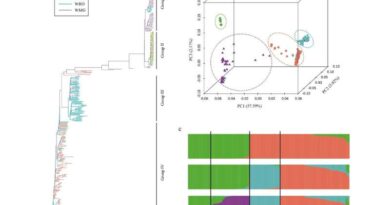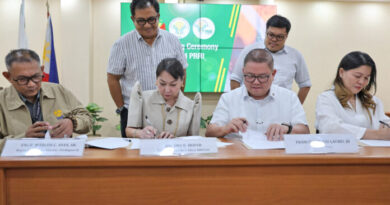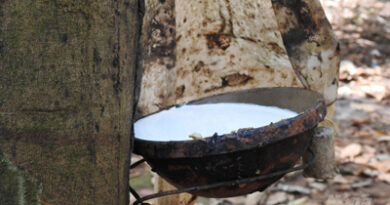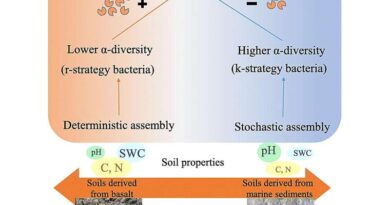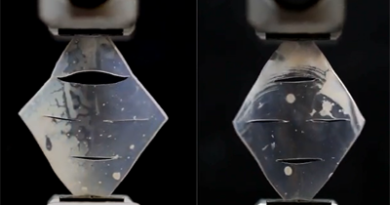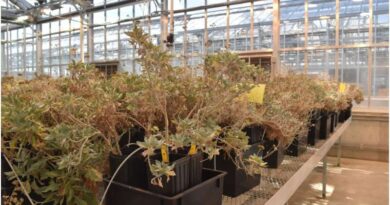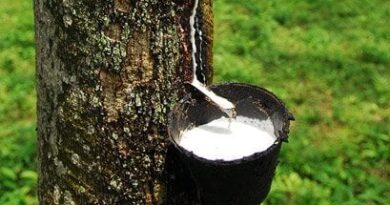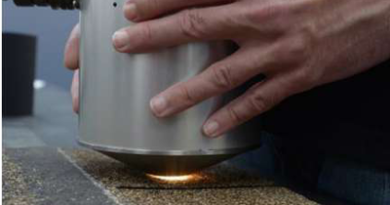Researchers develop molecular markers for breeding of the rubber tree
A research team from Chinese Academy of Tropical Agricultural Sciences has developed and validated a liquid single nucleotide polymorphism (SNP) chip named “HbGBTS80K,” which includes 80,080 SNPs evenly distributed across 18 chromosomes. This SNP chip effectively distinguished 404 rubber accessions into four groups in population genetic diversity analysis and detected the major gene HbPSK5 in GWAS for the number of laticifer rings. The HbGBTS80K chip is a valuable tool for accelerating functional studies and molecular breeding in rubber trees, addressing the inefficiencies of traditional breeding methods.
Read More
